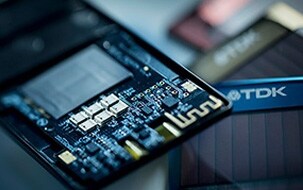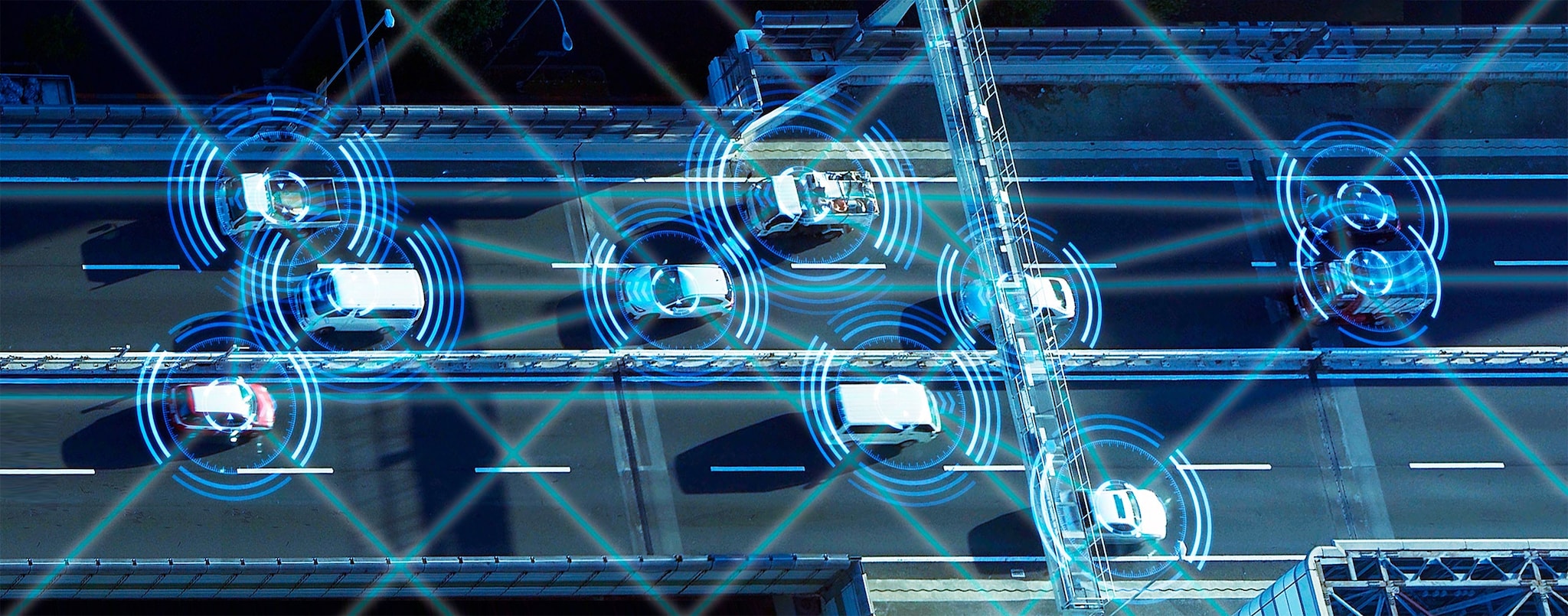
Leading-Edge Noise Evaluation Technology Backs Future of IoT
With the expansion of the Internet of Things (IoT) and an increasing variety of electronic devices featuring network connectivity, the development of adequate noise countermeasures for electronic devices is becoming increasingly crucial. Accordingly, there is a rapidly growing need for anechoic chambers to accurately measure the effects of electromagnetic waves and evaluate the performance of products. Since creating the world’s first anechoic chamber using ferrite tiles in 1969, TDK has been developing anechoic chambers capable of performing the world’s most advanced electromagnetic noise measurement and evaluation. In this article, we will explore the importance of noise suppression and the latest in noise measurement technologies.
The Rising Importance of Noise Countermeasures
On an airplane, passengers are asked to turn off smartphones and other communication devices or switch them to “airplane mode” in order to keep electromagnetic emissions generated by personal devices from adversely affecting the airplane’s onboard instruments and electronic equipment.
While the proliferation of 5G communications, Bluetooth and IoT devices are making our lives more convenient, the impact of electromagnetic noise from electronic devices is bigger than ever. It’s no exaggeration to say that noise suppression is one of the most important factors in the development of electronic devices.
Noise countermeasures for electronic devices are twofold: EMI (Electromagnetic Interference) suppression, which refers to preventing the emission of interference from devices, and EMS (Electromagnetic Susceptibility) countermeasures, which refers to preventing adverse effects on devices due to external interference. Together, they are called EMC (Electromagnetic Compatibility)—the overall performance of electronic devices in taming electromagnetic disturbance.
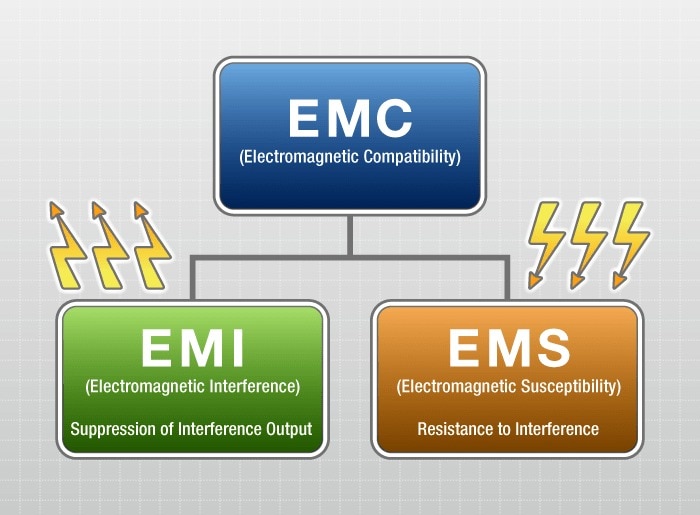
The global EMC solutions market continues to expand and is projected to reach approximately US $40 billion by 2023. (Source: Global EMC (Electro-Magnetic Compatibility) and Noise Suppression Solutions Market: Key Research Findings 2020, Yano Research Institute Ltd.)
The Evolution of Electronic Devices and Their Noise Countermeasures
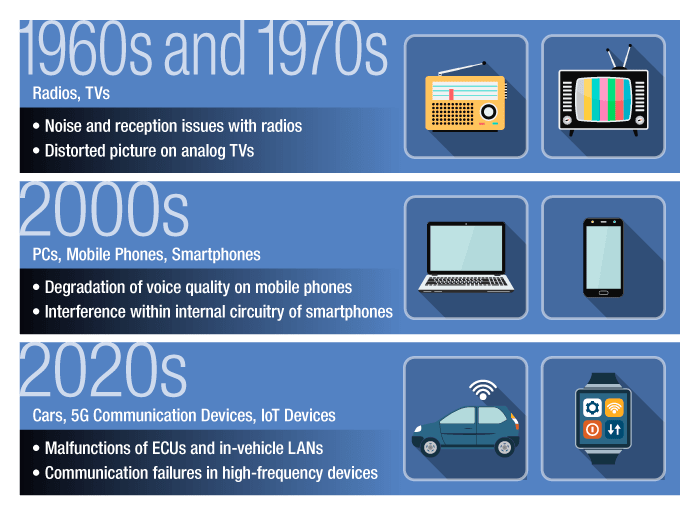
EMC Testing Critical to the Innovation of Autonomous Vehicles
In addition to electronic devices such as home appliances and communication devices, “connected” cars*1 and ADAS (Advanced Driver Assistance Systems)*2, which communicate with the surrounding environment and other cars, have been garnering attention in recent years. With the rapid electrification of automobile components, many Electronic Control Units, or ECUs, are now installed in cars and are connected via in-vehicle networks. From GPS-based navigation to intelligent keys and systems that gauge the distance between vehicles, cars are equipped with multiple devices that emit radio waves in a variety of frequencies serving each purpose. Therefore, high-precision EMC testing is essential to making sure vehicles are protected from the effects of noise and can be driven safely.
EMC measures in automobiles
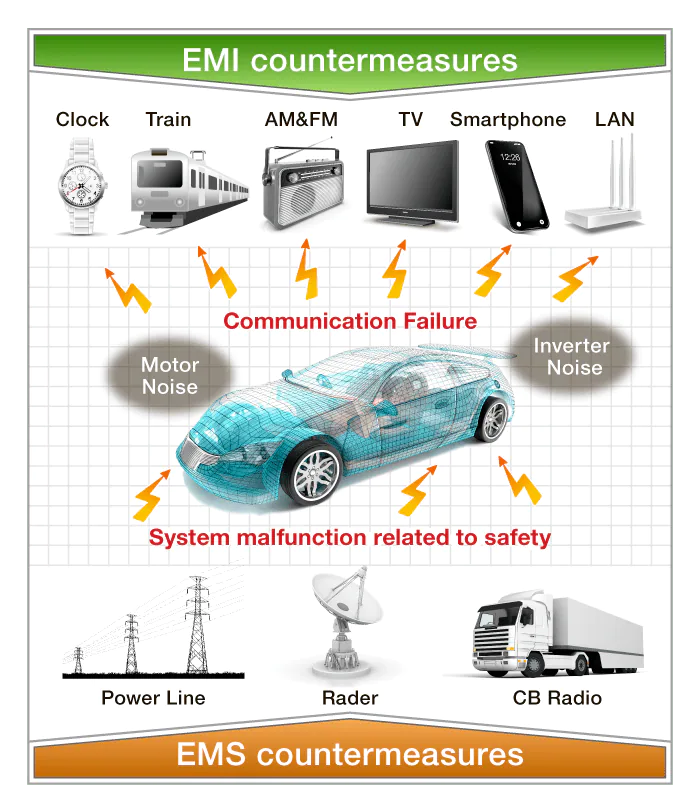
How Do Anechoic Chambers Work?
A radio wave anechoic chamber is indispensable for evaluating the EMC performance of electronic devices and automotive components. In principle, the measuring of electromagnetic waves is to be conducted in a clean open area test site (OATS), free of unwanted electromagnetic interference. However, because the outdoor environment is susceptible to weather conditions and foreign electromagnetic waves, an indoor testing room called an anechoic chamber is used to ensure stable measurements.
An anechoic chamber is shielded from external electromagnetic waves, while its walls and ceiling are covered with materials that absorb radio waves (radio wave absorbers). This enables a variety of EMC tests to be performed, including the measurement and analysis of electromagnetic waves.
TDK’s anechoic chambers date back to 1969, when the world’s first anechoic chamber using ferrite tiles was introduced. TDK has since continued to provide a variety of EMC testing environments in line with the development of electronics. TDK has developed radio wave absorbers with wide frequency absorption ranges as well as sophisticated measurement systems and has built more than 1,700 anechoic chambers worldwide as of 2020.
Overview of a Radio Wave Anechoic Chamber
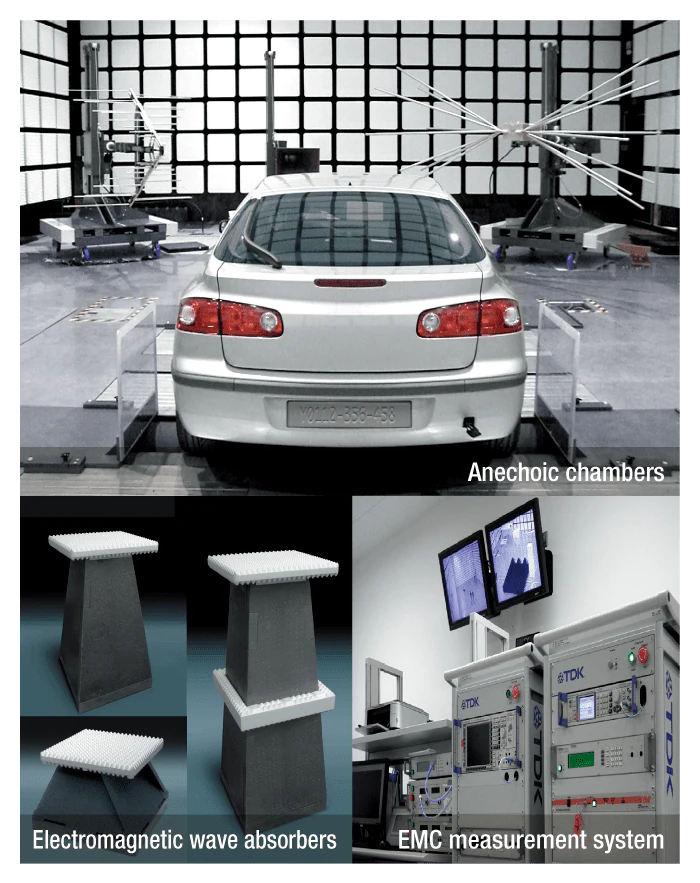
In response to the increasing needs for EMC testing in the automotive industry, TDK has been offering anechoic chambers for automotive electronic devices, as well as large, 10-meter-square anechoic chambers that can be used to conduct EMC testing on whole vehicles. TDK has also developed reverberation chambers*3, which enable accurate EMC testing of in-vehicle equipment by reproducing conditions close to actual electromagnetic environments. Deliveries of these chambers, mainly to EMC certification institutions, have already begun.
Anechoic Chambers and Reverberation Chambers
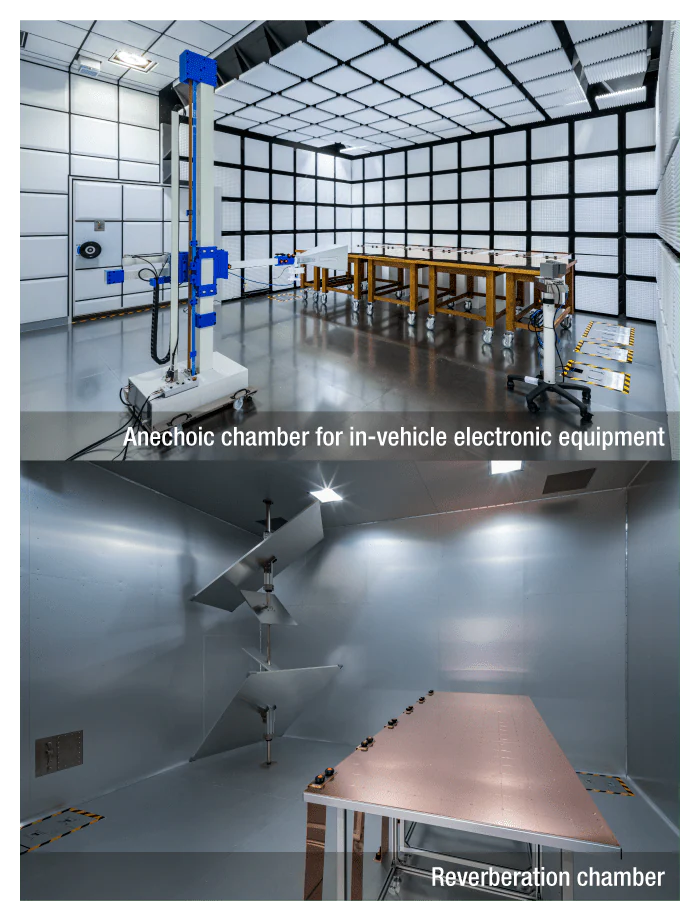
Images courtesy of Japan Quality Assurance Organization (JQA)
Key Strengths of TDK’s Anechoic Chambers
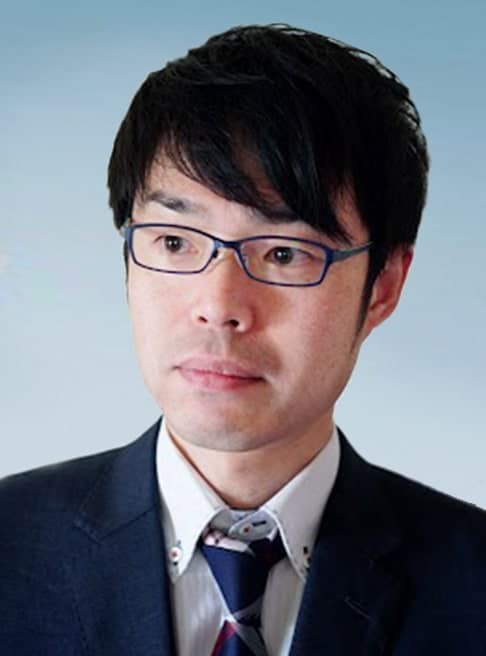
EMC & RF Engineering BD
TDK Corporation
We spoke to Mitsuru Orita, Subsection Head of the EMC & RF Engineering Business Department (BD) at TDK Corporation, about the features of TDK’s anechoic chambers. “As a manufacturer of electronic components,” he explains, “TDK’s strength lies in its ability to offer noise suppression components, anechoic chambers and measurement systems together in one package. Since we design and manufacture all radio wave absorbers in-house, including ferrite, we can accommodate various designs tailored to specific applications and customer needs.”
The EMC market is expected to continue growing alongside the development of microwave and millimeter-wave electronic devices, including 5G products and IoT-related devices, as well as in-vehicle components, which are becoming increasingly electrified. “The shifts to EVs, autonomous driving, and 5G are all amplifying the need for connectivity and EMC testing of high-frequency devices. In fact, we are already receiving inquiries for the research and development of Beyond 5G (B5G) technologies,” explains Orita.
While the mainstays of home appliances and electronic devices have shifted from radios and TVs to mobile phones, smartphones and connected cars, TDK has provided comprehensive EMC solutions including anechoic chambers for more than 50 years. The company plans to continue to support the development of safe and secure electronic devices with an ever-advancing array of increasingly accurate EMC testing solutions.
TDK’s Anechoic Chambers and Radio Wave Absorbers
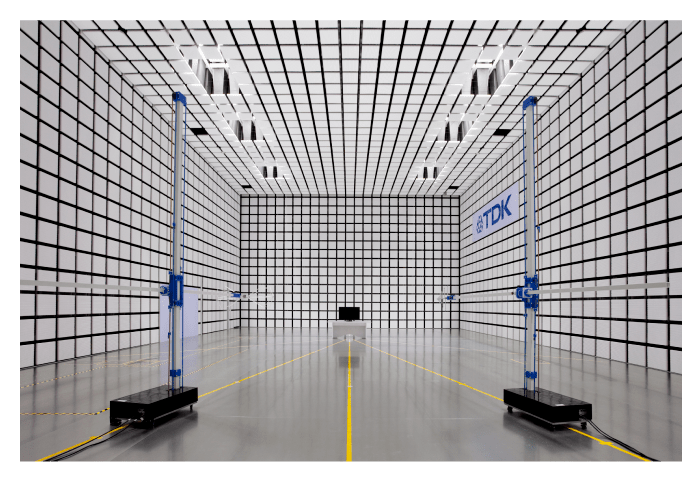
For more information on TDK’s anechoic chambers and absorbers, please visit our Product Center.
Terminology
- Connected Car: A vehicle that can function as an ICT device. Vehicle status, surrounding road conditions, and various other data are acquired by sensors. New value is expected to be generated by aggregating and analyzing the data through the network.
- ADAS (Advanced Driver-Assistance Systems): A general term for systems that support driving, where the vehicle detects information about its surroundings and informs and warns the driver, controls the vehicle on behalf of the driver, etc.
- Reverberation chamber: An evaluation facility that can reproduce conditions close to actual electromagnetic environments by rotating stirrers inside a shielded room.

